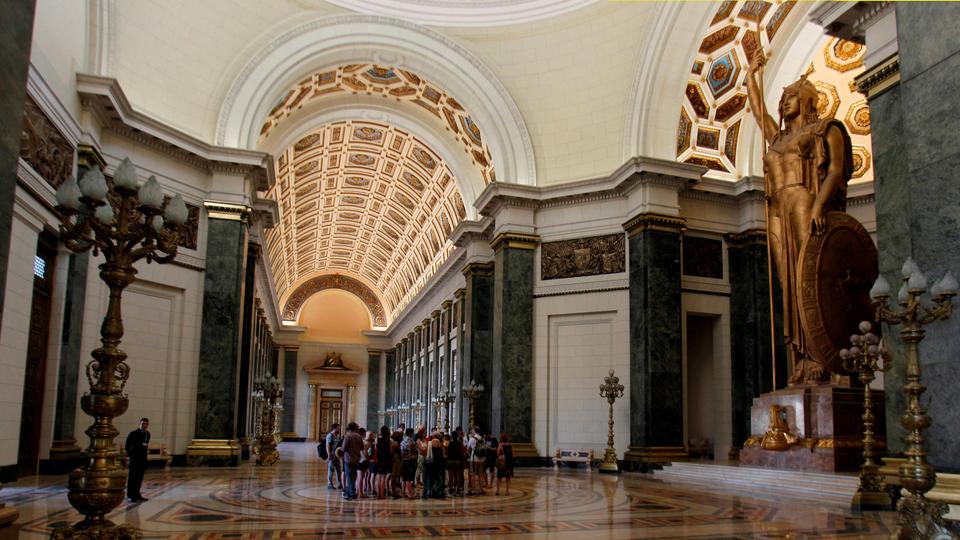Cuba’s Capitol reopens after years of restoration
Capitol, an imposing neoclassical gem previously shunned as a symbol of US imperialism now to become the seat of Cuba’s national assembly in the capital Havana.
 People visit the Capitol building in Havana, Cuba, March 1, 2018. (Reuters)
People visit the Capitol building in Havana, Cuba, March 1, 2018. (Reuters)
After eight years of restoration work, Cuba on Thursday re-opened to the public the doors of its Capitol, an imposing neoclassical gem previously shunned as a symbol of US imperialism now to become the seat of its national assembly.
Built in 1929 to house Cuba’s Congress and inspired by Washington’s Capitol, it was swiftly repurposed after Fidel Castro’ 1959 leftist revolution along with other buildings seen as testament to corrupt governments too cozy with the Americans.
Most recently used for the Science and Technology Ministry, its restoration was started in 2010 as part of the Office of City Historian’s revamp of Havana, one of the architectural treasures of Latin America.
Four years later came the landmark announcement of a US-Cuban detente by Cuban President Raul Castro and former US President Barack Obama, although that is now under threat from the more hostile stance of the administration of Donald Trump.
“This is one of the most illustrious architectonic works in the world,” Tomás Hechavarría, Capitoladministrator, standing in the main hall under the cupola with its gleaming inlaid marble floors and gilded lamps, dominated by the 17.5-metre tall bronze Statue of the Republic.
Hechavarría said the building was ready to receive the next assembly session – a historic one on April 19 to select a new president, set to be the first non-Castro leader in nearly 60 years. It was not a done decision yet, however, he added. Restoration work continues just in the southern part of the Capitol and should conclude by November 2019, Hechavarría said.
Built 103 years after the US Capitol, the Cuban building’s dome is 3.7 metres taller at 92 metres and has a distinctly different floor plan. Its design is tailored to Cuba’s tropical weather, such as multiple patios to maximise air circulation.
Visitors will be allowed to tour the Capitol in groups of 15 from Tuesday to Sunday.
“This installation encapsulates a lot of history and it is a privilege for me to be here in Havana and reliving these moments of history,” said Yordanka Batista, a Cuban-American who lives in Florida. “They neglected it for a while and I’m glad they have recovered it, for the benefit of all Cubans.”
Relations between the United States and Cuba have deteriorated once more since Trump became president, seeking to roll back parts of the detente and returning to Cold war characterisations of the Cuban government.